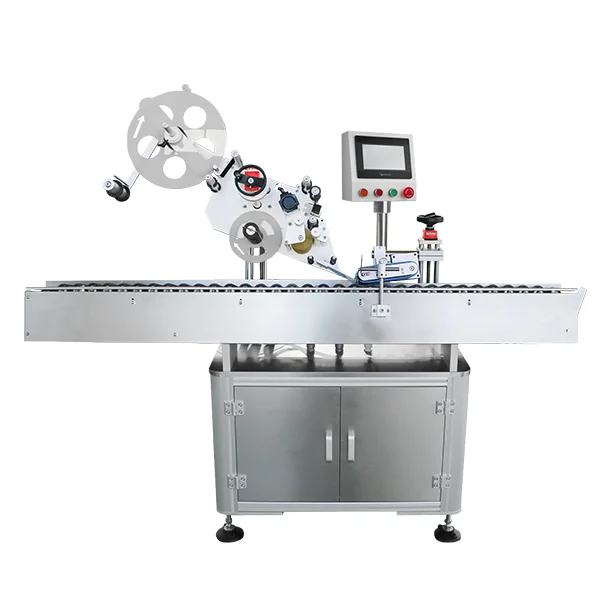In the ever-evolving landscape of construction and interior design, the quest for sustainable, efficient, and high-performance building materials has led to the emergence of several innovative alternatives to traditional drywall. While drywall has long been a staple in residential and commercial construction due to its affordability and ease of installation, it is increasingly being scrutinized for its limitations in terms of durability, moisture resistance, and environmental impact. This article delves into the new products that are stepping into the spotlight as viable substitutes for drywall, examining their benefits, applications, and potential to revolutionize the industry.
- Understanding the Limitations of Drywall
Before exploring alternatives, it is essential to understand the limitations of drywall. Traditional gypsum board is prone to damage from moisture, making it unsuitable for high-humidity areas such as bathrooms and kitchens. Additionally, drywall can be susceptible to mold growth, which poses health risks. Its relatively low durability means it can easily be dented or scratched, leading to frequent repairs and maintenance. Furthermore, the production of drywall involves significant energy consumption and contributes to waste in landfills, raising concerns about its environmental footprint.
- Innovative Alternatives to Drywall
a. Cement Board
Cement board is a robust alternative that offers superior moisture resistance, making it ideal for wet areas. Composed of a mixture of cement and reinforcing fibers, cement board is highly durable and can withstand impacts better than traditional drywall. It is often used as a substrate for tile installations in bathrooms and kitchens, providing a stable and water-resistant surface. Additionally, cement board is fire-resistant, adding an extra layer of safety to construction projects.
b. Fiber Cement Panels
Fiber cement panels combine the durability of cement with the lightweight properties of fiber materials. These panels are not only moisture-resistant but also resistant to termites and rot, making them suitable for various climates. Fiber cement panels can be used for both interior and exterior applications, offering versatility in design. They can be painted or finished to mimic the appearance of traditional drywall while providing enhanced performance.
c. Wood Paneling
Wood paneling is making a comeback as a stylish and sustainable alternative to drywall. With advancements in engineered wood technology, products such as cross-laminated timber (CLT) and oriented strand board (OSB) are gaining popularity. These materials provide excellent insulation properties and can contribute to a warm, inviting aesthetic in residential and commercial spaces. Additionally, wood is a renewable resource, making it an environmentally friendly choice when sourced responsibly.
d. Hempcrete
Hempcrete is an innovative building material made from hemp fibers, lime, and water. It is lightweight, insulating, and has excellent moisture-regulating properties, making it a sustainable alternative to drywall. Hempcrete is not load-bearing, so it is typically used in combination with a structural frame. Its natural composition also means it is free from harmful chemicals, contributing to healthier indoor air quality.
e. Gypsum Alternatives
Several companies are now producing gypsum board alternatives made from recycled materials or innovative composites. These products aim to retain the benefits of traditional drywall while minimizing environmental impact. For instance, boards made from agricultural waste or recycled paper can reduce landfill contributions and lower the carbon footprint associated with production.
- The Future of Building Materials
As the construction industry continues to prioritize sustainability and performance, the shift away from traditional drywall is likely to accelerate. Architects and builders are increasingly seeking materials that not only meet functional requirements but also align with environmental goals. The alternatives discussed above represent just a fraction of the innovative products available on the market today.
- Conclusion
The search for alternatives to drywall is not merely a trend but a necessary evolution in the construction industry. By embracing innovative materials such as cement board, fiber cement panels, wood paneling, hempcrete, and gypsum alternatives, builders can create spaces that are not only aesthetically pleasing but also durable, sustainable, and healthier for occupants. As technology advances and consumer preferences shift, the future of building materials looks promising, paving the way for a more sustainable and efficient construction landscape.


